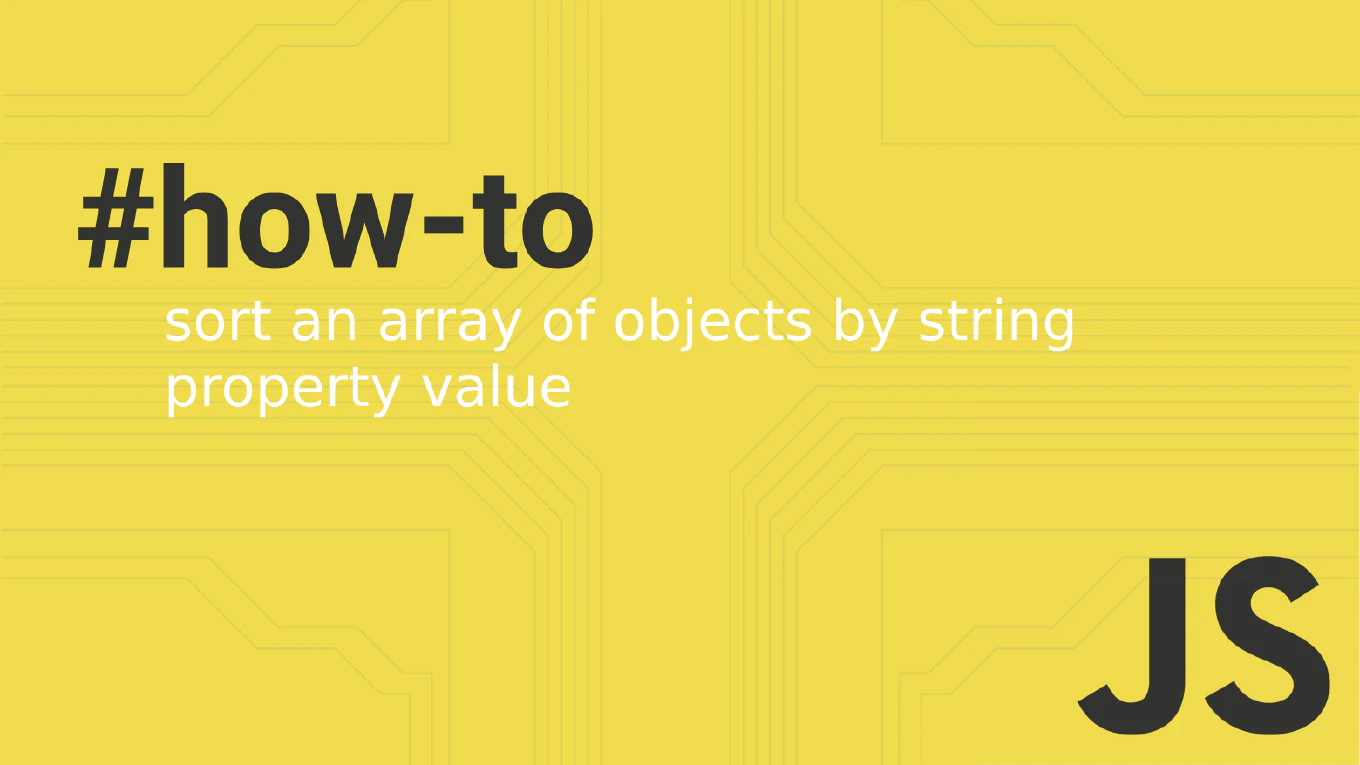How to handle multiple v-model bindings in Vue
Managing multiple v-model bindings is essential for building complex Vue components that need to synchronize multiple data properties with parent components.
As the creator of CoreUI, a widely used open-source UI library, I’ve implemented sophisticated two-way binding patterns in Vue components over 25 years of development.
From my expertise, the most effective approach in Vue 3 is using named v-models with the defineEmits and defineProps composition API functions.
This enables clean, type-safe multiple data bindings between parent and child components.
How to handle multiple v-model bindings in Vue
Handling multiple v-model bindings in Vue enables complex component APIs with multiple synchronized properties for advanced form controls and interactive components. As the creator of CoreUI, a widely used open-source UI library, I’ve implemented multiple v-model bindings in sophisticated components like date range pickers and multi-select controls. From my expertise, the most effective approach is using named v-model directives with defineModel for clean component APIs. This method provides multiple two-way data binding channels while maintaining clear separation of concerns for different properties.



